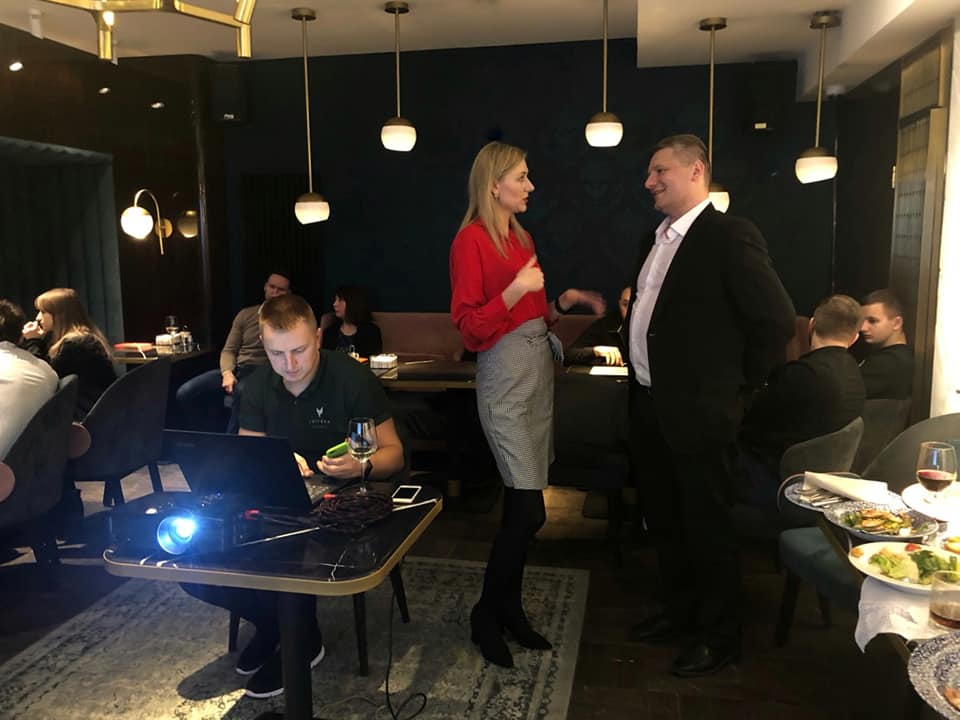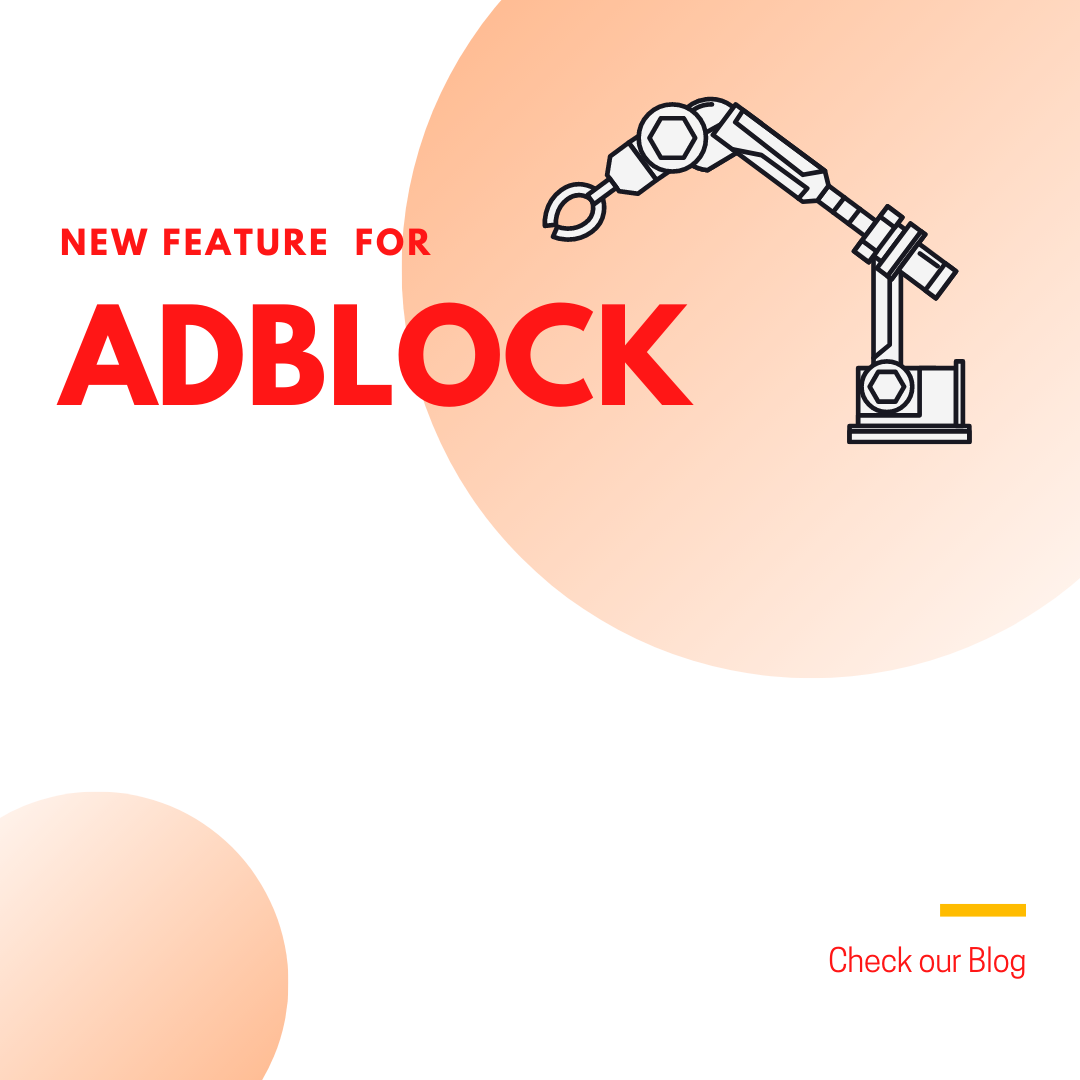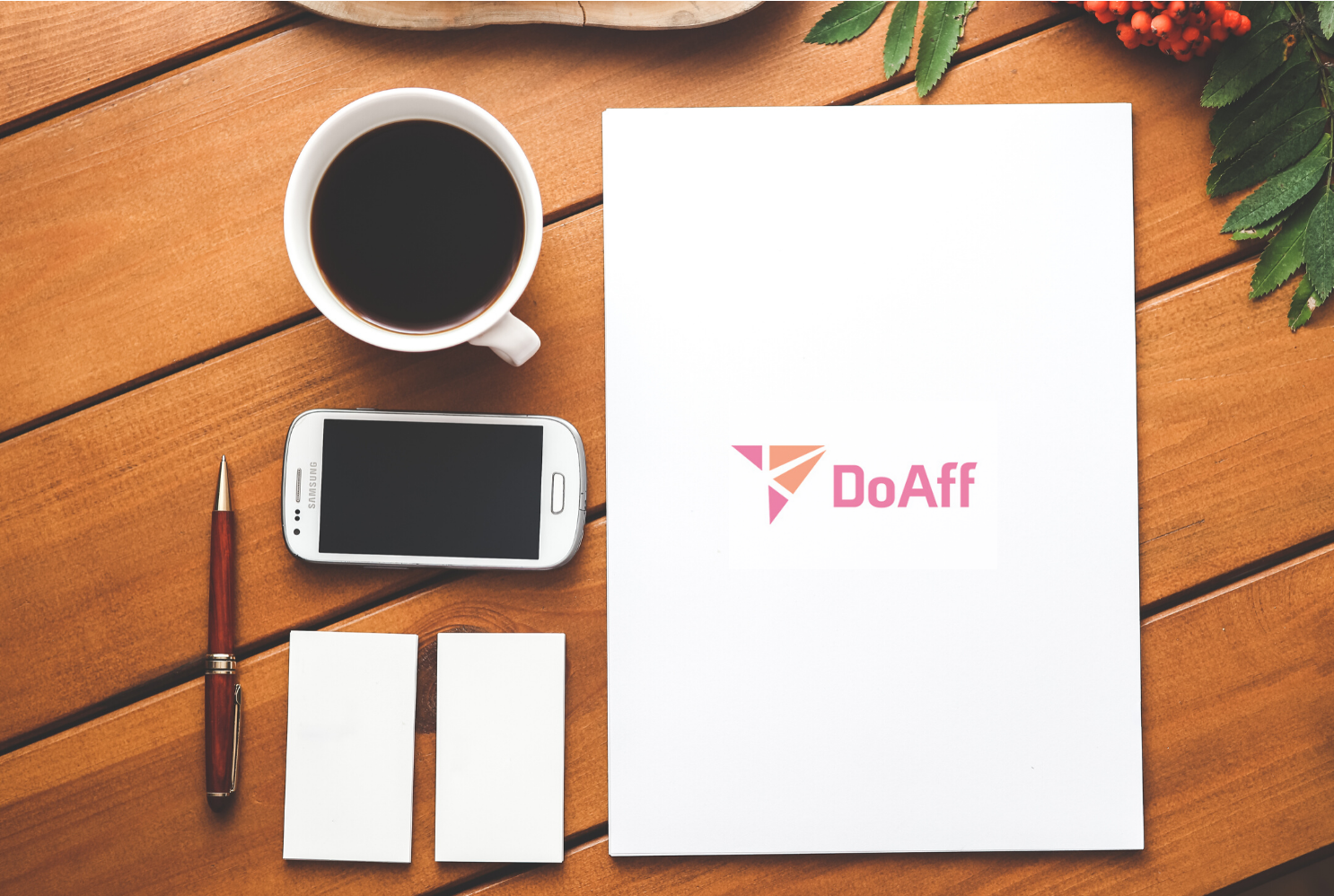Introduction
In the last decade, alternative lending or non-banking lending has become increasingly popular Worldwide. According to the 2020 Alternative Lending Report from Statista, in 2019, the global alternative credit market had a transaction value of US$267.1 billion.
At DoAff.NET, a considerable share of the advertisers are non-bank lenders, find more here. Today, we want to deepen in one of the cornerstones of alternative lending. This article intends to bring you some clarity and key data about the P2P industry, combined with testimonies from some of our partners such as Viainvest, Robocash or Moncera. Let’s get started.
– What is P2P investing or crowd-investing?
First of all, it is important to try to define the concepts. In short, P2P investing or crowd-investing is the action of investing in alternative lenders in order for them to have sufficient funds to give out loans. Basically, it can be claimed to be similar to having a bank account, since the bank will use the money of their customers for other projects such lending, however, in alternative lending, the returns are higher and there is more transparency. By investing in P2P loans you can make an average of 10% per year.
The process could be summarized in the following way:
Investors –> invest funds in –> Non-bank lender –> Gives out loan –> Borrower –> Pays back loan and interest –> Non-bank lender –> Returns investing + interest rate –> Investors
Within the P2P industry, there are different companies and approaches.
1) P2P Platforms
This business model is, the loan originator (non-bank lender), creates its own P2P platform in which any investor can fund their loans. Examples of P2P platforms are Robocash or Viainvest. You can find their offers and payout for publishers here.
The P2P platforms above, are interested in increasing their number of investors and they accept traffic from all European Union countries and Switzerland. In any case, we also encourage you to check their own websites for more details about their projects.
2) P2P Marketplaces
In this second approach, the model is slightly different. Here, P2P marketplaces are not directly connected to a concrete loan originator or lender, but they offer a listing of loans from different originators for the investors. Examples are Peerberry or Viventor.
3) P2B Platforms
P2B platforms have the same approach as P2P platforms, but instead of having loan originators lending money to individual borrowers, they give out loans to other businesses. It can be said that where P2P and P2B lending differs is that usually the business loans are protected by a mortgage or other business collateral. Examples of some P2B platforms are Bulkestate or FinBee.
4) P2B Marketplaces
Last but not least, P2B marketplaces are not connected to the business loan company but they offer a listing of business loans to invest in. One good example is Debitum Network.
All in all, the P2P industry is growing due to a new generation of investors who rely on technology and find traditional banking options outdated, as well as because of the necessity of many individuals to borrow money and again, having the notion that bank lenders have excluded or set a higher barrier for them to get financing. Also, one of the main goals of P2P marketplaces and platforms, is to democratize investing. Many of these platforms offer the option to invest with as little as 10€, allowing individuals with a small capital to invest some of their savings in this portfolio.
Data about P2P industry
It is always said that a good analysis cannot be done if it’s not supported with data. Therefore, we got you covered. Let’s see some key data factors from the P2P industry.
According to another research conducted by Statista, in 2018, P2P consumer lending reached a total transactions value of almost 2.9 billion U.S. dollars, almost double the value of the
previous year. Not only was there this growth from 2017 to 2018, moreover the transaction value has been rising since 2013.
There’s also more recent data, including this year and an overview for the upcoming years. According to data gathered by Finanso.se, the entire European business P2P lending industry is forecast to maintain its growth this year, rising 12.2 per cent year-on-year, and reaching USD 6.5 billion transaction value.
If you wish to have more precise, breakdown data, P2PMarketData conducts research and updates the numbers of the P2P industry normally by the end of each Quarter of the year. Here you can see data about European P2P investing companies. Right now, P2PMarketData says that there are 52 platforms based in Europe (last update was on 30th of September). Mintos is the company with bigger market share, almost 50% of it. All the platforms together have funded 11.286€ millions since their start.
To sum up, P2P lending and investing is on the rise, and the data shows us not only the consolidated growth achieved until now, but the forecasts predict they will keep growing. This is an important argument for publishers to consider promoting these offers in DoAff.NET.
What can P2P companies managers tell you?
In order to provide you with the most complete and biggest picture of the P2P industry, we decided to conduct a small survey to our P2P advertisers. We asked some relevant questions to our partners regarding their companies as well as what our publishers should take into account when promoting their offers. In this post you will be able to see some of their comments, but in the upcoming weeks, the full interviews will be posted in DoAff blog as well. Let’s read what they have to tell you.
One of the concerns, not only for publishers, but for investors and the P2P advertisers was how Covid-19 would affect them. Therefore, we asked what did the management prepare to avoid major difficulties during that period. Yana Baranova, who is Marketing Leader in Robo.cash pointed out that Robocash Group “reacted quickly to this challenge implementing the necessary measures to keep the business running and making profit during lockdowns”. Moreover, one concrete measure was “adjusting our scoring procedures in the markets of our operation and focused on increasing the repeat customers rate, which at the moment is up to 72%”. In numbers, she highlighted that these measures among others helped the group to generate a profit slightly higher than 16 millions USD in the first three quarters of 2020.
With regards to the same question, Dmitri Pavlov, owner and managing director of Moncera has a rather optimistic view. In his words, despite “an impact on the P2P market as a whole, the scam-platforms came out that have caused huge damage to investors”, their team was able to successfully launch Moncera in the most uncertain Covid times, and after 8 months they registered 2000 investors and the amounts of funds received keep increasing, seeing October the month with more investments (1558385,79€, according to the report shared by Pavlov).
Another interesting question our partners answered is about the future. Considering that we are still in a high volatility period, it was important to know their predictions. Sasha Morozov, one of the core team members of Kviku Finance, is also optimistic about the upcoming months. According to him, the majority of P2P platforms kept running during the first wave “and they are well placed to take advantage of the avalanche of new loan applications. it gives a great opportunity for P2P lenders to improve the diversity and liquidity of their platforms”. Moreover, he sees the current time as a wake up call for skeptics, considering that “Economic forecasts suggest that we are living a new global recession, so P2P platforms, in our opinion, can finally show some skeptics that it is a strong and valuable business model that can adapt and evolve in any economic climate”.
About the same future expectations question, Simona Lucatniece, who has a deep insight on the industry due to her role as Head of Communications at Via SMS Group and Viainvest platform lead, wants to emphasize that Viainvest applied for a licence in Latvia to become regulated and that this will provide higher safety for the investor. In the line, Lucatniece thinks “that publishers should be focused on providing information on these changes, as well as provide in-depth analysis of P2P platforms to ensure enough information for investors to make investments decisions that fit their needs the best”.
In the same direction of Simona’s words, there was a question about why publishers should promote our P2P partners. Dmitri Pavlov from Moncera, highlighted their partnership with Placet Group, one of the top loan originators in Europe. He considers that “this gives investors confidence in the trustworthiness of Moncera and safety of their funds”. A quite similar reply was given by Sasha Morozov, saying that “Each Loan Originator’s obligations at Kviku.Finance are secured by guarantee from Kviku Group. All the Kviku Finance platform shares are owned by Kviku Holding ltd. All operating companies of the Kviku group will vouch for each other”. Finally, Yana Baranova from Robo.Cash remarked that “Robo.cash is a perfect risk-reward ratio. Investors can get up to 12% annual income, which is quite high, and at the same time, be sure that their funds are safe as they are backed by the profitable financial holding Robocash Group”.
The last point we want to share in today’s article from what our partners said is about their target audience, which is a very useful parameter when it comes to promoting an offer. Simona Lucatniece said that the main requirement is to be an individual from EU who has turned 18 years old and about nation share of their investors she commented that “majority of investors are coming from Germany, Spain and Baltic States, but we are also interested in Sweden, Norway, Finland, Denmark and any other European country”. At Robo.cash 34% of their investors come from Germany and the top-5 countries by number of investors are Germany, Bulgaria, Italy, Spain, and Netherlands. Finally, Kviku finance representative said that despite a high demand from young users (20-27 y.o.), their portfolio is diversified receiving investors from emerging markets like Brazil.
To conclude the conducted survey to our partners, we asked them about providing special conditions to DoAff publishers and all of them show their interest and proactivity to do so, being open to listen to any suggestions that may come from the publisher side.
Stay tuned for our upcoming posts where you will be able to read the full interviews to get a bigger insight.
Current offers in DoAff.NET
Lastly, we would like to remind our publishers which P2P offers you can already find and promote on our network.
1) Nibble. The payout is CPL + CPS. For more details about the offer, click here.
2) Robocash. This partner also pays CPL + CPS. Check conditions here.
3) Moncera. Pays for CPS. You can read all the information here.
4) Viainvest. It combines CPL and CPS. Please, check the offer by clicking here.
5) Kviku finance. This advertiser offers a hybrid payout model (CPL + CPS). Read more here.
Normally, the CPL means successful and verified registration with a placed deposit. If a user from European Union or Switzerland registers with your affiliate links and adds funds to their account, you will receive a CPL commission. You can also earn a CPS commission as soon as this user invests in a concrete loan project, which means that publisher is double rewarded. However, not all the CPLs convert in the same step, that’s why we encourage you to read the terms of each offer and if needed, do not hesitate to reach your account manager for further assistance.
DoAff.NET team hopes this article brought some clarity to you about the P2P market and why it’s a good opportunity for publishers to earn money!












